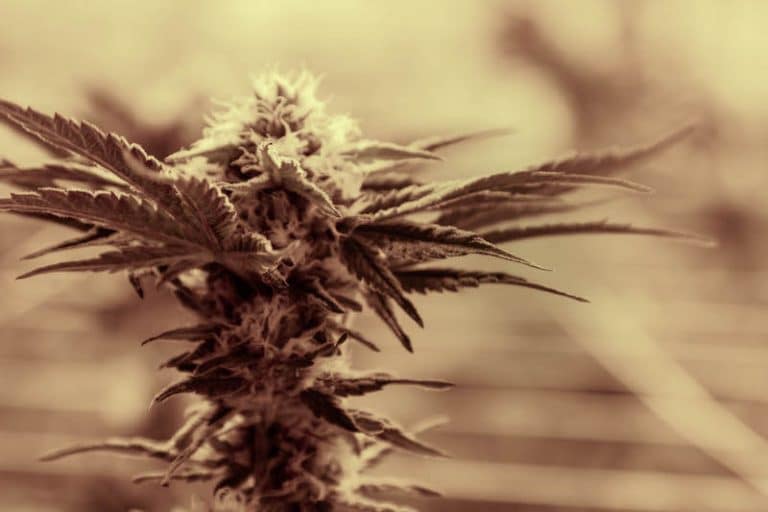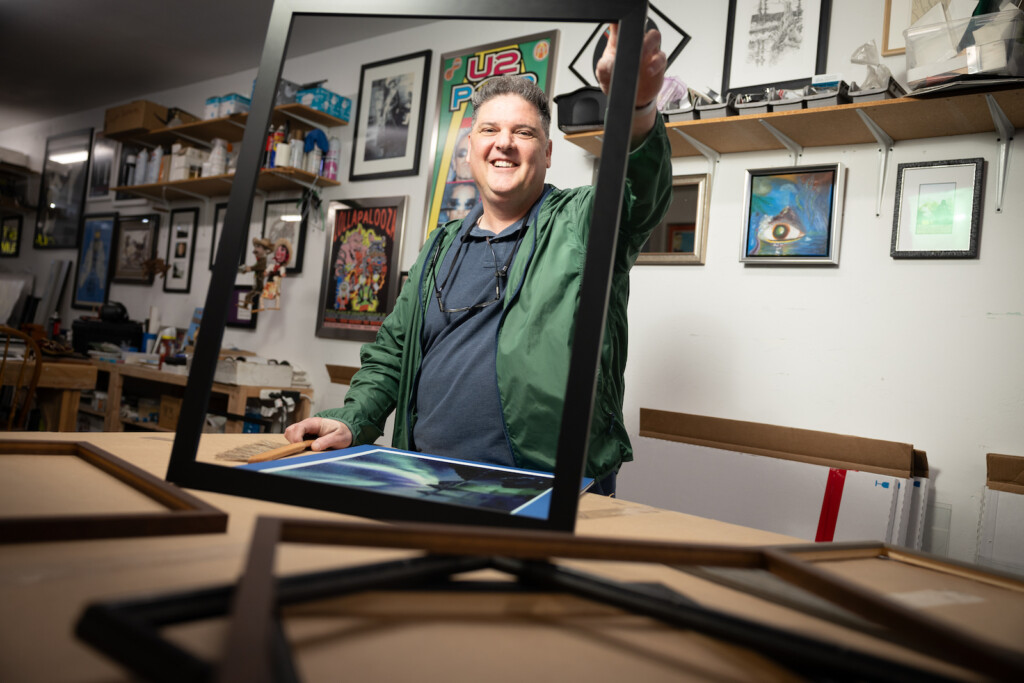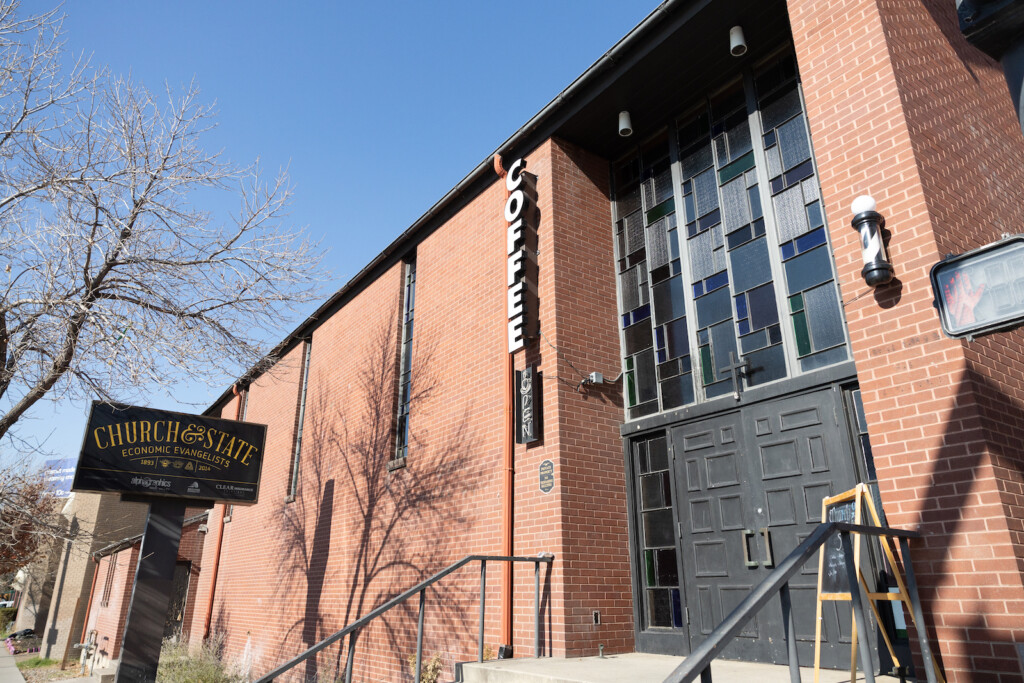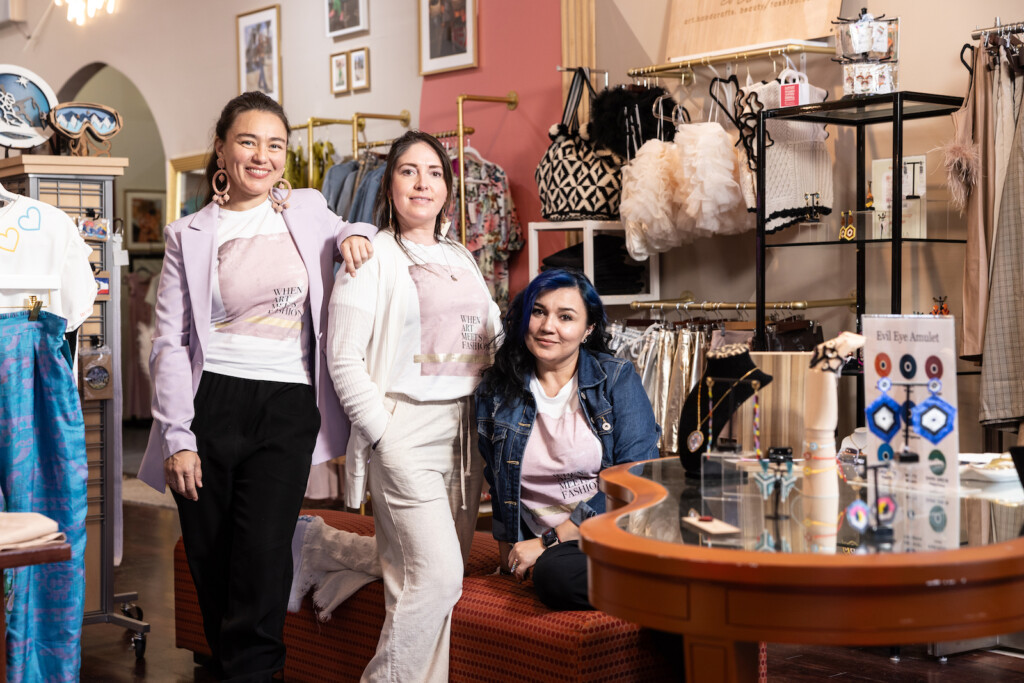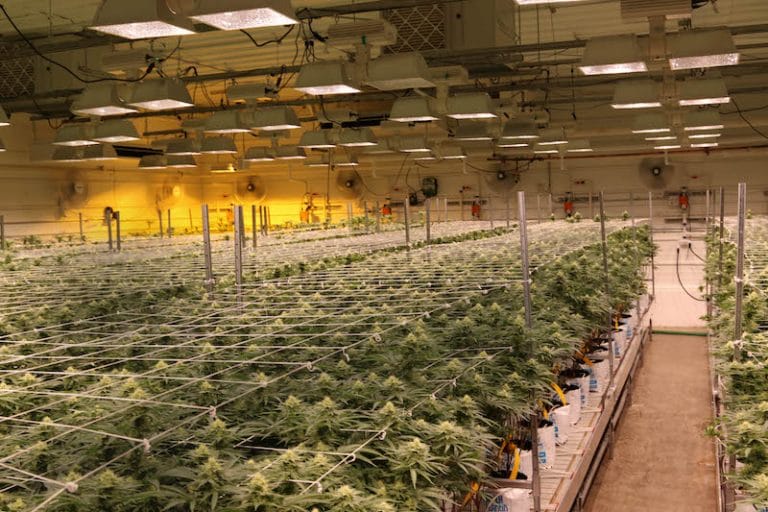
Wade Laughter looks like a typical farmer: Suspenders: check. Long and ragged jeans and long-sleeve shirt: check; Followed everywhere by two big attentive dogs: check. But Laughter is anything but a typical farmer. Laughter is a farmer from Nevada City, California who operates out of a $12 million-dollar facility in Sanpete County. He wins Utah Stories award this year for most innovative farmer. We will get to Laughter and his story, but first we enter his team’s farm.
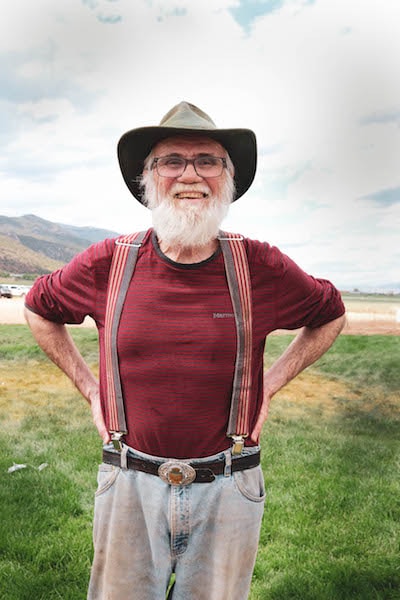
The Growing Facility
Walking into Dragonfly Wellness’ steel, modern growing facility front entry a powerful gust of mechanical wind blows any particles from guests to ensure that potential contaminating pollens or seeds won’t hitch a ride in.
Inside we find thousands of healthy cannabis plants in various stages of development. They are growing inside a medium of ground cocoa husks. The plants are receiving their own gust wind generated from dozens of fans. The array of lights on the ceiling are a bright yellow. It’s warm and humid inside. The plants smell of a combination of sage, mint and lavender. Anybody who knows better would identify the smell as very good cannabis. It’s obvious that this facility is completely state-of-the-art.

Rob Allen, the other lead grower is making his rounds and doing his daily inspections. Allen says that the current set up mimics growing conditions found in the “Emerald Triangle” the area where wild cannabis and cultivation has been occurring the longest. From room to room, we can feel the humidity and temperature change. The flowering room feels hotter than the “veg room.” The room with the mother plants feels cooler.
We end our tour watching about a dozen young men work setting up their outdoor growing area. As of the beginning of May, they were just setting up the outdoor operation. Everyone at Dragonfly works with purpose, resolve, and ownership. They certainly believe that this medicine is something needed and they can play an instrumental part in producing an integral product for the future of medicine in Utah.
Utah’s First Medical Cannabis Pharmacy
Dragonfly Wellness was Utah’s first retail operational medical cannabis pharmacy by nearly three months. They were Utah’s first medical cannabis farm to start producing consistent, high-quality products nearly six months ahead of anyone else. They are helping thousands of patients in Utah who need a consistent supply of medicine for everything ranging from cancer treatment, to epilepsy to glaucoma to migraines. At first glance one might assume that Dragonfly is a deep-pocketed investor-driven operation set on dominating the space, but this is not the case.
Dragonfly is an employee-owned company with over 100 partner “investors”. Nearly everyone working at Dragonfly’s farm is a “partner/investor.” All of the profits they generate will remain in Utah. They have attracted some top talent away from California to join their operations and central farm in Sanpete County.
Wade Laughter
Mr. Laughter tells us he has been cultivating and researching medical cannabis for nearly twenty years. He started by researching his own glaucoma and finding relief using cannabis. He found the best success among various lesser-know strains due to their high CBD, low THC.
Laughter gained a great insight into cannabis and the endocannabinoid system. Later he found (along with several other doctors) that children suffering from severe, debilitating seizures due to epilepsy benefitted by using the high CBD varieties. Laughter became a founding member of Project CBD, an organization dedicated to studying only varieties of high-CBD cannabis. But his main efforts came from his non-profit called Caladrius Network.
Eventually, Caladrius was providing free products for over 140 families of ill children. But between 2017 and 2019 California’s changing laws essentially made what his organization was doing illegal. “The environment has become very transactional in California.” He said it has become far less about helping patients and far more about aiding investors who have moved into the space.
After his non-profit was shuttered, Mr. Laughter wasn’t looking to move from California. He didn’t have any reason to leave a place where he had plenty of connections in his community. But a friend and former coworker told him about a group of people in Utah, most of who originated from Vietnam who were starting their own medical cannabis farm which would be dedicated to using the vertical integration model (from cultivation to extraction to retail) to find the very best cultivars to help patients with various ailments.
Laughter began examining the possibility in late 2019. He invited the group to his farm in Nevada City, and started examining the possibility of joining. “[in Utah]There is some combination of the faith of the people in the state: there is something about taking care of those who are in your community. I think that had something to do with the way Utah’s law is shaping up.”
He added that there were still some serious problems with Utah’s laws, but he could see that they were quickly shaping up to actually be much more patient-centric rather than profit-centric than California.
Utah Cannabis Legislation
Two years ago Utah lawmakers were finally convinced that medical cannabis wasn’t going away, so we (as a state) joined the bandwagon. However, the legalization in other states has been dominated by mostly recreational users whose primary goal is to feel the “psychoactive characteristics of the chemistry” as Mr. Laugher puts it. “To get stoned.” Laughter doesn’t see this as a terrible thing, but it has made it quite difficult for an average consumer to navigate the true medicinal properties.
Laughter said that there is a simpler way of classifying cultivars which is a departure from the Indica or Sativa debates. These debates he says are mostly pointless, because today most varieties use genetics from both major varieties.
The CBD vs. THC Debate
The simple, new classification system that he, and other cultivators use consists of five types: “We have type one: which is primarily high-THC. Then there is type two, which is a combination of high THC and high CBD, then there is type three which is High CBD; Then other types four and five, which have other cannabinoids that are less recognized than CBD or THC.” “it is a much more accurate way of looking at the plant than just by indica or sativa. Because indica or sativa can be misleading.”
Early on Laughter found a high CBD variety that was highly effective, and he became a pioneer in a new-type of cultivar. “I was focusing on one of the first cannabis that had more CBD than THC, and it was really rare when that happened. For years, I gave it away like crazy. You could find it at Oakland and San Jose at the local dispensaries there.
Laughter offers an interesting analogy to what he believes is happening in the body when we treat symptoms in the body using traditional medicine as opposed to working with the Endocannabinoid system. “It’s like feeding the soil in your body rather than feeding the plants. If we come to learn about patient deficiencies we can come to learn how we make up for these until we produce a state we call ‘wellness’.”

